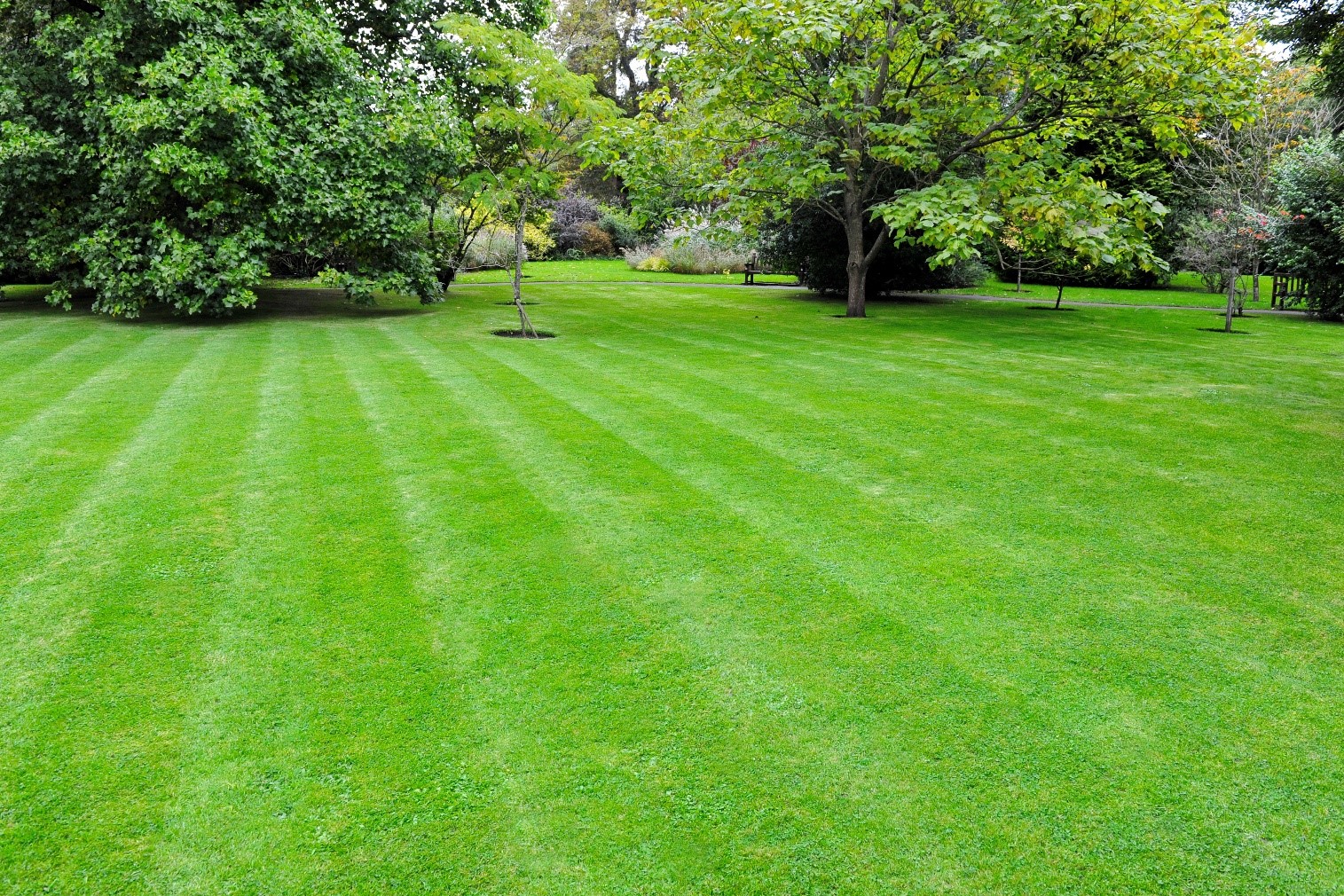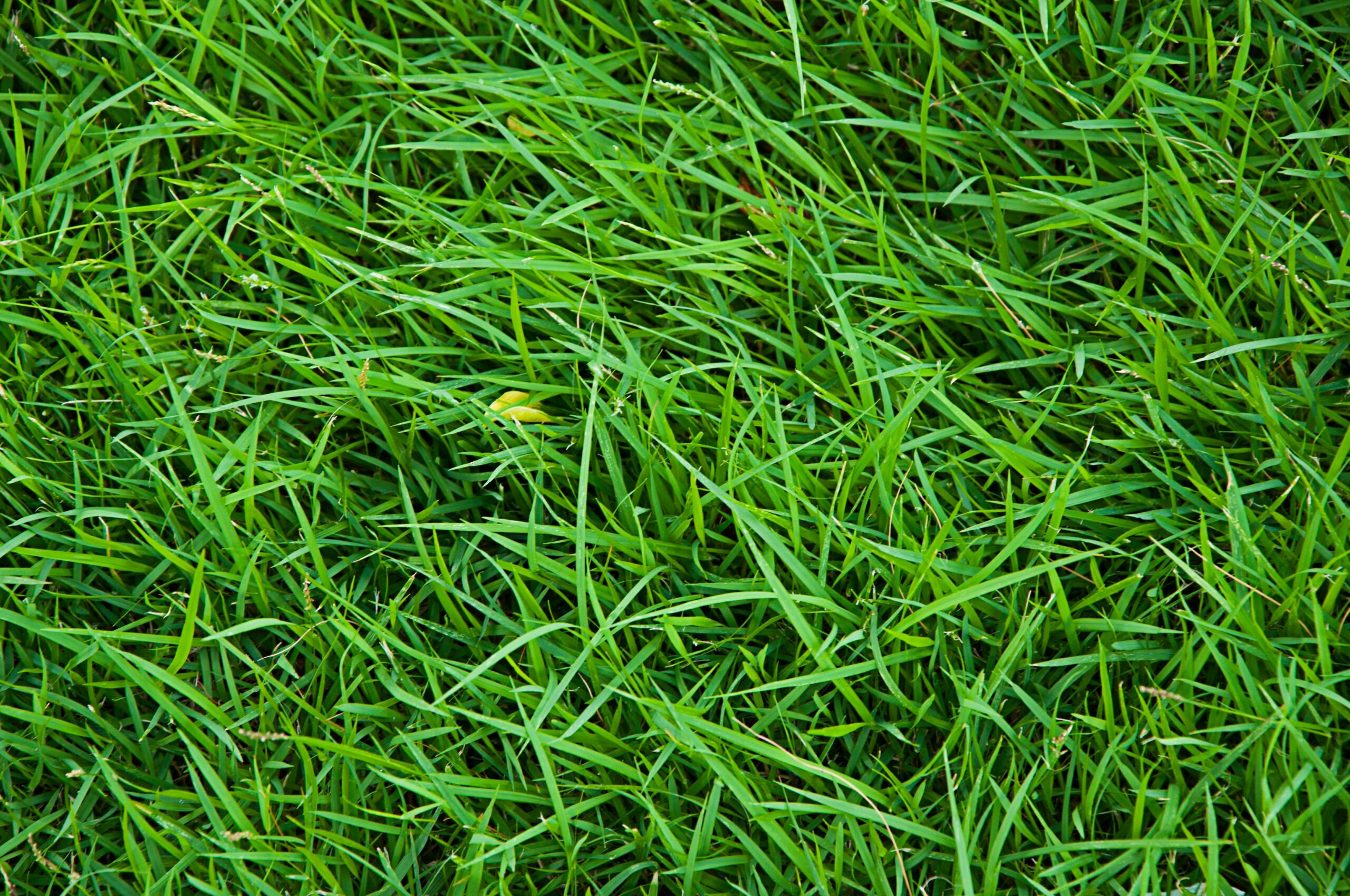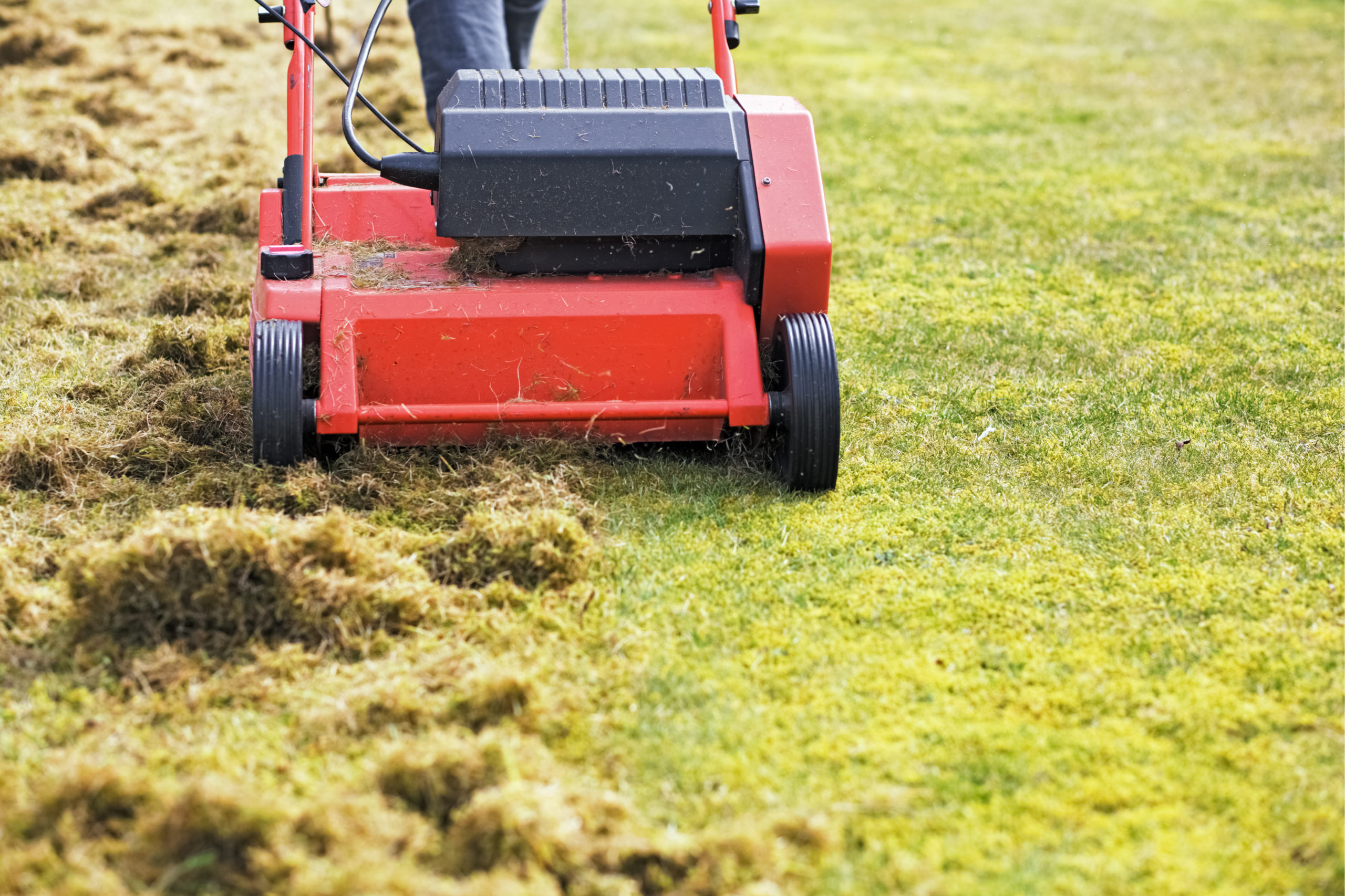A lawn is a vital feature of a home. If it is well kept, it raises the property’s value and makes it more appealing to potential buyers. Dethatching can improve your grass’s health and provide you with the lush lawn you desire in spring.
What is Dethatching?
Dethatching is when you remove the layer of thatch to help your grass grow.
What are the Pros and Cons of Dethatching Lawn?
To dethatch a lawn is to keep it alive and lush longer than usual by providing it with essential nutrients and letting it receive air and water.
When we eliminate the thatch, we improve the health and beauty of the grass by stopping it from choking and getting fertilizer to do its job directly.
The possible drawbacks are that a coating of thatch holds in the moisture, so you don’t need to water as often.
Further, when removing the thatch, you must use modern machinery not to harm the grass beneath.
On the soil surface, thatch is a coating of both living and dead grass stems, roots, and leaves.
This layer is quite effective for keeping grass moisture. It is particularly well-suited to places with a low rainfall ratio.
It also aids in maintaining the temperature of grass and keeping it alive during periods of extreme weather. However, it can pose issues if the grass cover is substantially thicker than the typical level.
Dethatching is essential for keeping your lawn healthy. Failing to do so prevents water and fertilizer from reaching the roots of the grass, resulting in dry grass patches.
A one inch – or half-inch – coating of thatch is good for your grass. Anything thicker than that could be harmful to its growth. After thatching, aerate your lawn, overseed for new grass growth, and use a fertilizer that acts as a stimulant for new grass growth.

What Are the Pros of Dethatching Your Lawn?
1. Guarantees Your Lawn Sufficient Nutrients
As previously said, thatch is a covering of dead grass or plant components. It comprises leaves, grass, and roots that are not necessary for your lawn’s health.
Some people think of them as compost materials. But they are decomposing plants that can deplete your lawn’s nutrients.
Dethatching allows you to remove these plant-like components from your grass and “open it up” for nutrients.
Nutrients are critical for your lawn’s development. Remember that grass, like any other plant, needs access to the proper nutrients to thrive and preserve its beauty.
2. Allows for the Passage of Water and Air to the Soil.
Your lawn must have enough water and air for it to grow correctly.
Your lawn is composed of living grass that requires water and air to survive. Thatch is known for blocking the passage of water and air to the soil, making it harder for plants to thrive.
If your grass has thatch that is more than one inch thick, the chances of your grass thriving are little to none.
Dethatching, on the other hand, is the only way to see healthy green grass.
If you love green grass and like to spend time outside admiring the beauty of nature. Ensure that your lawn receives adequate water and air.
3. Eliminate Thatch from Your Lawn
Although thatch can be good for your lawn, there is a limit to how thick and how much of this thatch your property requires.
The following are some of the advantages of having thatch:
- Mulching decreases the rate of water loss in the soil.
- Soil cushioning
- Reduces compaction and protects grass crowns from temperature variations in the soil.
- Improves the ability of the lawn to tolerate mower traffic.
- The same thatch, on the other hand, might pose significant problems for your lawn.
Too much thatch, especially thatch that is more than one inch thick, degrades the health of your in the following ways:
- Lowering the number of nutrients given to your grass.
- It reduces the amount of water and oxygen that enters the soil.
- It forms an impenetrable barrier that prevents nutrients and disease control from reaching the soil.
- Prevents sunlight from reaching the grass edges’ base.
- By preventing moisture from reaching the grass blades, it might induce illnesses.
- All of the above results in grass that is not uniform.
When weighing the benefits and drawbacks of thatch, it is evident that the negatives significantly outweigh the positives. In this sense, we can say that dethatching is recommended to eradicate harmful thatch.
4. Improves the Health of Your Soil
Thatch blocks essential nutrients from reaching the soil. Furthermore, it makes it impossible to get enough water and oxygen into the ground. As a result, your grass will probably continue to grow, but its health will be in jeopardy.
Dethatching is recommended to improve the health of your lawn.
Dethatching certainly aids in the removal of undesirable plant materials and grass from your lawn’s surface.
As a result, your lawn will receive energizing direct sunlight, water, and air to enter the soil, resulting in a healthy lawn.
5. Increases the Beauty of Your Lawn
Nothing is more attractive than a well-kept lawn, in all honesty. Thinner thatch can be helpful, but it can also be the reason why your grass is not as good as it could be.
Remember that too much thatch can cause your lawn to be uneven.
The thing about an uneven lawn is that it will remain uneven even after mowing.
The non-uniformity will look patchy and ugly and evident to all who see it. If you’re a person who likes to be proud of your lawn, then it would be an embarrassment.
The good news is that dethatching can help you eliminate all of the dead grass. Also, the plant items are causing your lawn to lose its shape and attractiveness.
If you want to improve the appearance of your property, consider dethatching your lawn today.
6. Allows Fertilizers to Reach the Soil
If you attempt to fertilize a lawn with a large quantity of thatch, the fertilizer is unlikely to reach the soil and accomplish its goal.
Dethatching your grass is the only method to ensure that the fertilizer you use is effective. Dethatching will guarantee that the fertilizer provided reaches the soils and is evenly distributed.
Furthermore, the health of your grassroots will significantly increase. A plant’s roots are incredibly vital. There is no way for your lawn to grow and be lovely if the roots of your grass are unhealthy.
What are the Cons of the Dethatching Your Lawn?
Dethatching has some negative consequences, and we will list them in this paragraph so that you are aware of them. Here are a few disadvantages of dethatching your lawn.
1. The first disadvantage of dethatching a lawn is that:
You will need to give it more water to keep it moist.
The coating of thatch helps the water hold moisture for a long time. So, you do not have to water as often.
However, after dethatching, you will need to water the lawn regularly to keep it looking lush and green.
2. Using a rake or other machine might harm the grass.
However, you do not need to be concerned about that since we are in the age of modern technology.
There’s a lot of great equipment available that will not harm the grassroots yet allow for easy lawn detachment, thus making the work easier and more effective.
When weighed against the disadvantages of dethatching, the benefits far outweigh the drawbacks.
Final Thoughts on the Pros and Cons of Dethatching Lawn
So, the purpose of this article is to better inform us regarding the benefits of keeping a light layering of protective thatch on our lawns as opposed to the destruction of letting that thatch become thick and suffocating our grass.
Gone is our enviable lawn, and with it, all our hard work!
The knowledge that we can keep our grass healthy and looking thick and lush by understanding why and when it is necessary to dethatch it correctly is vital.
Hence we created this article to supply you with sufficient information to know how and what action to take.

We go to great lengths to keep our lawns looking verdant, green and lush – and why not? – it’s the first part of our garden that’s visible to others – so it’s natural that our lawn is our pride and joy!
It’s human nature that we would have a good feeling of accomplishment when our lawns have a luxuriant appearance – even to the point of a little healthy neighborhood rivalry.
It probably brings out the best in both us and our lawns!
After much research, therefore, the truth is that dethatching is the only method to improve your lawn’s health and appearance. If you have not already done so, it’s a given that you should dethatch your grass at least once a year.
Read More: Why Ironite is Good For Lawns. Plus 6 Tips On How To Use It Correctly

